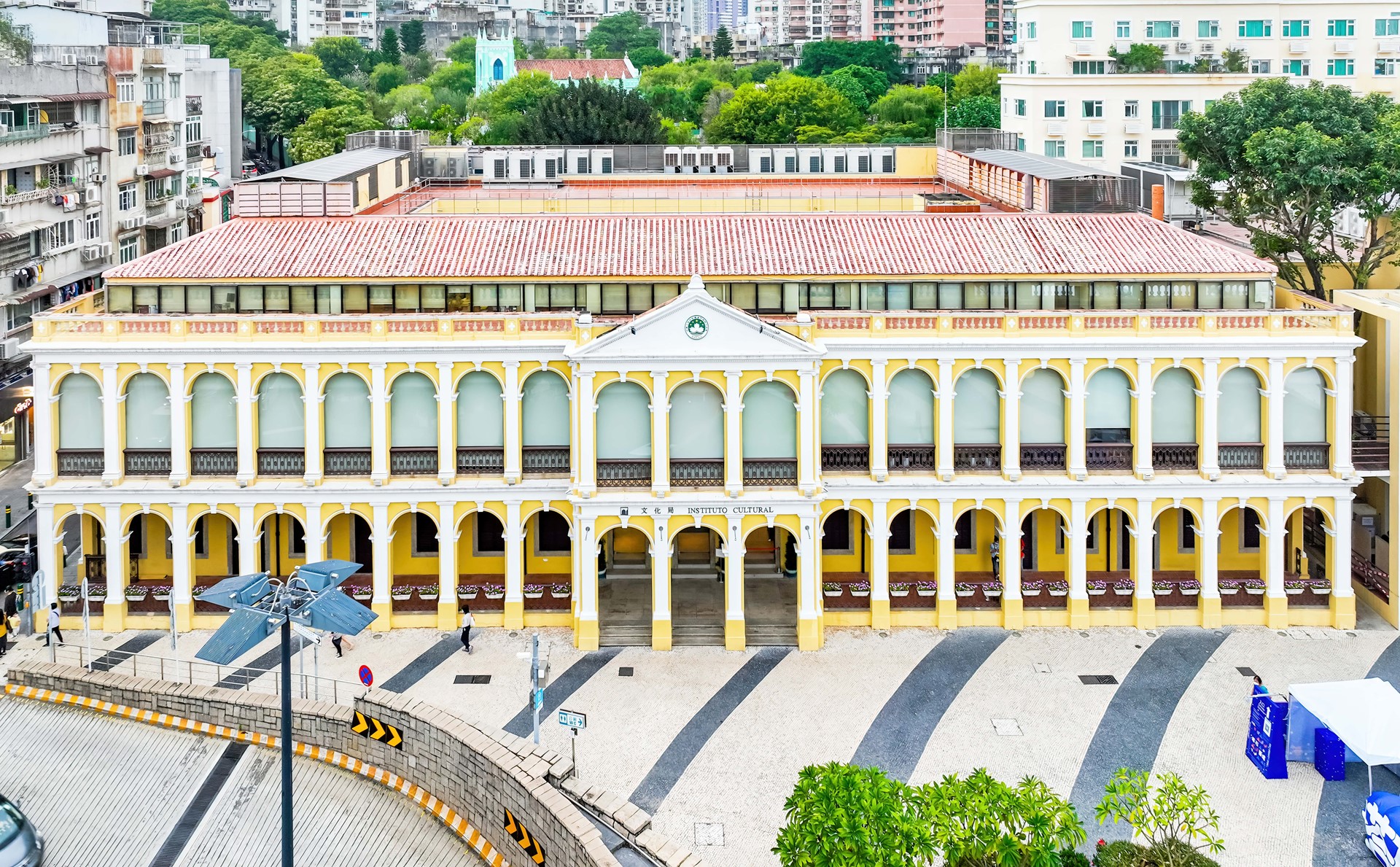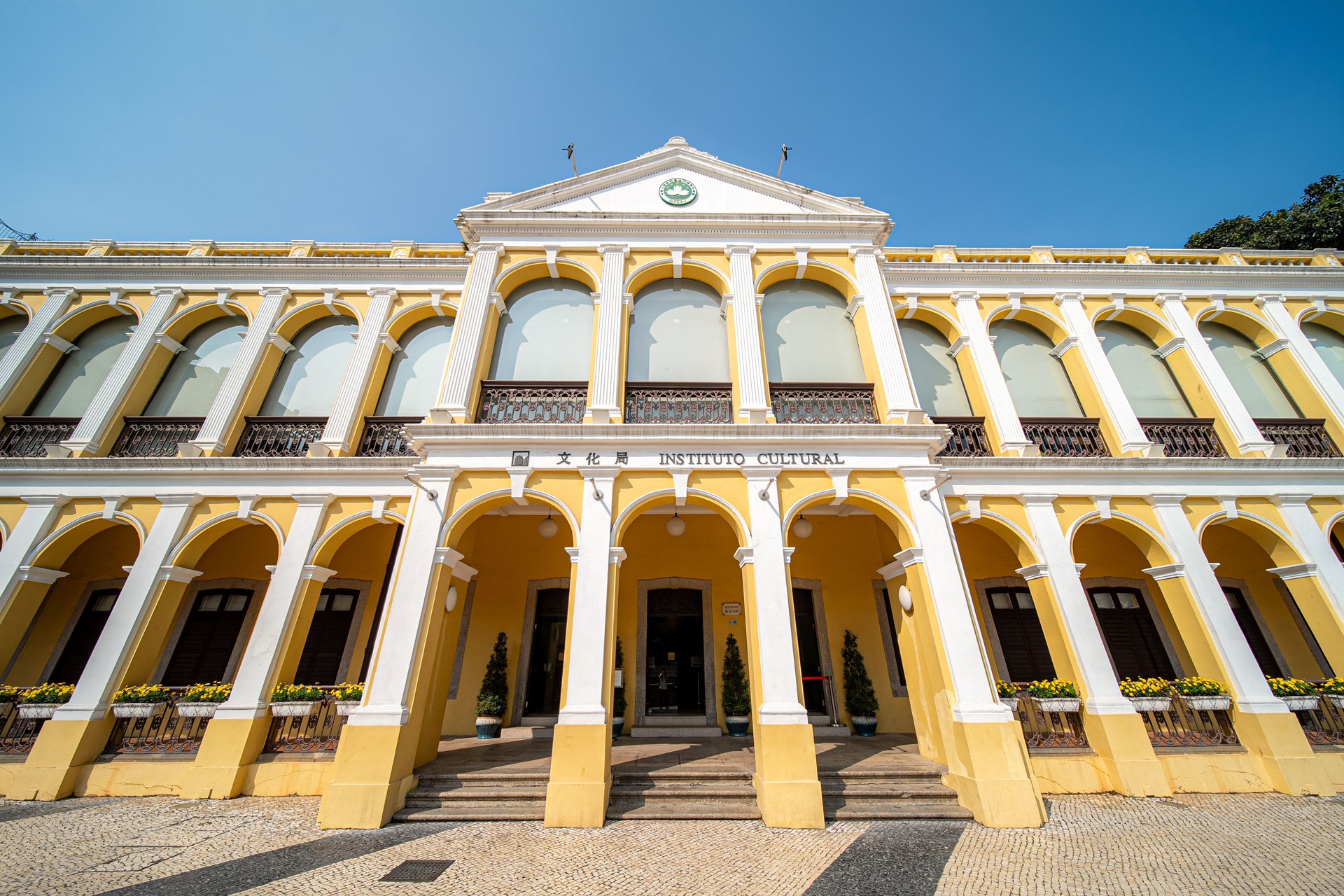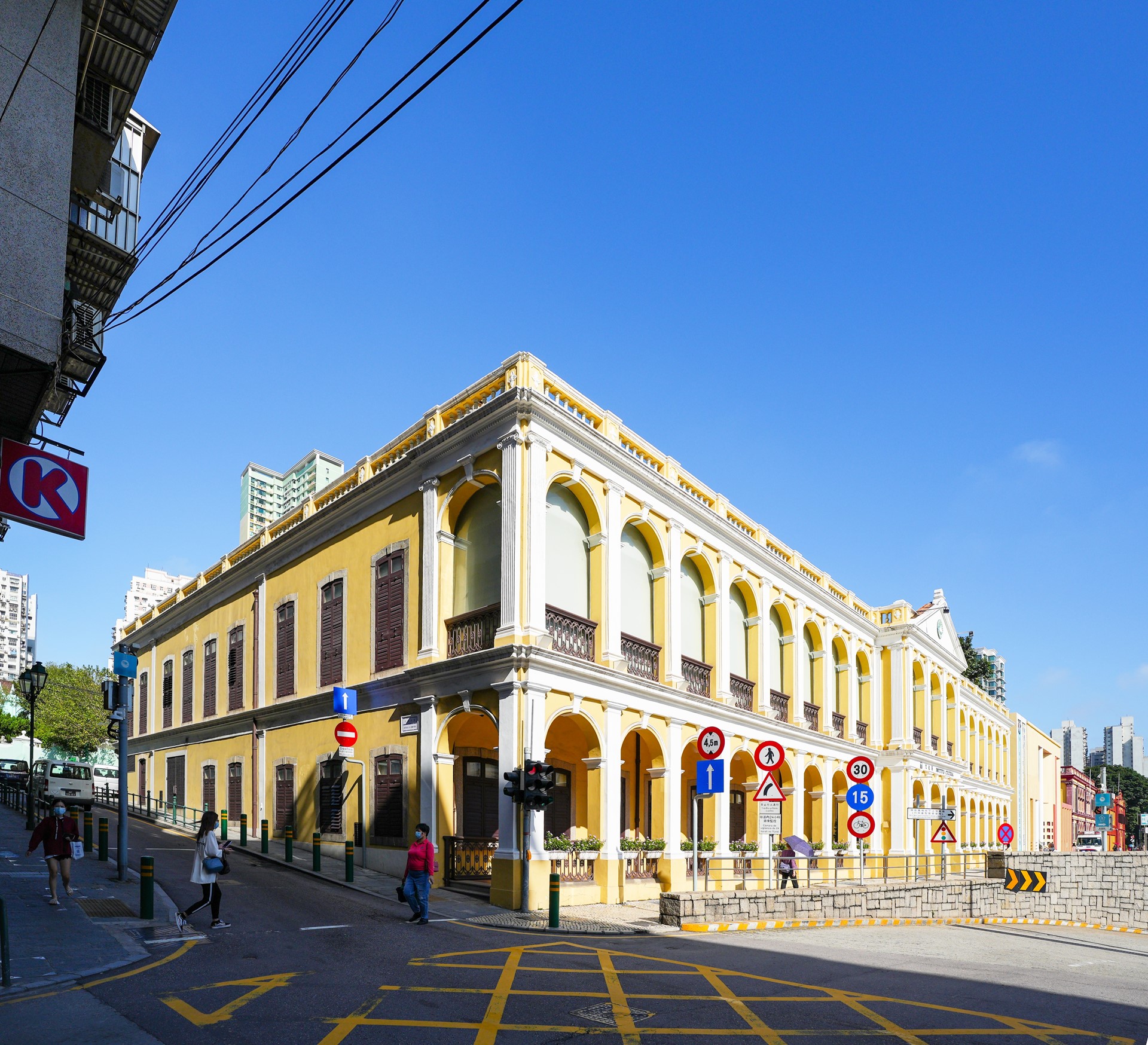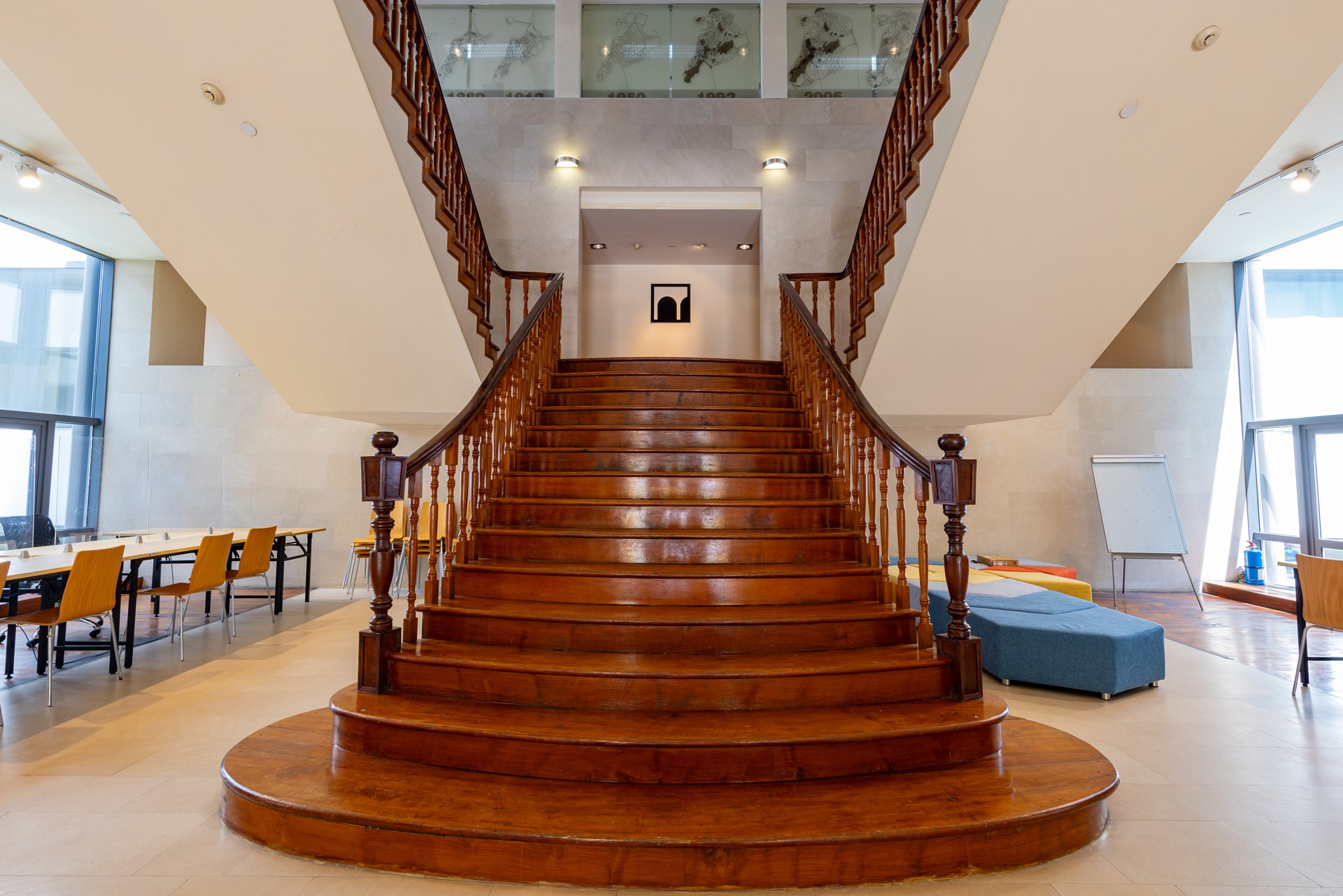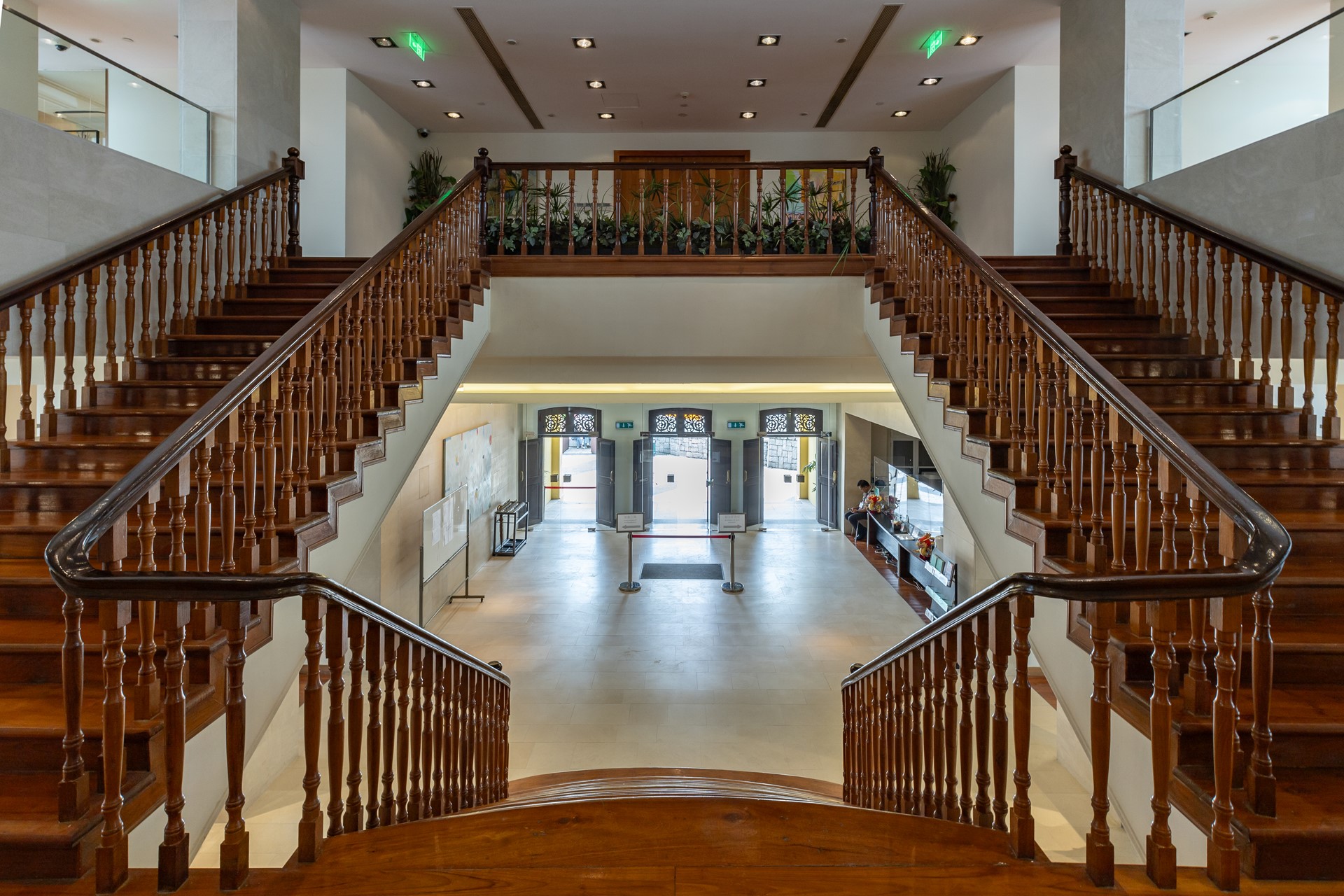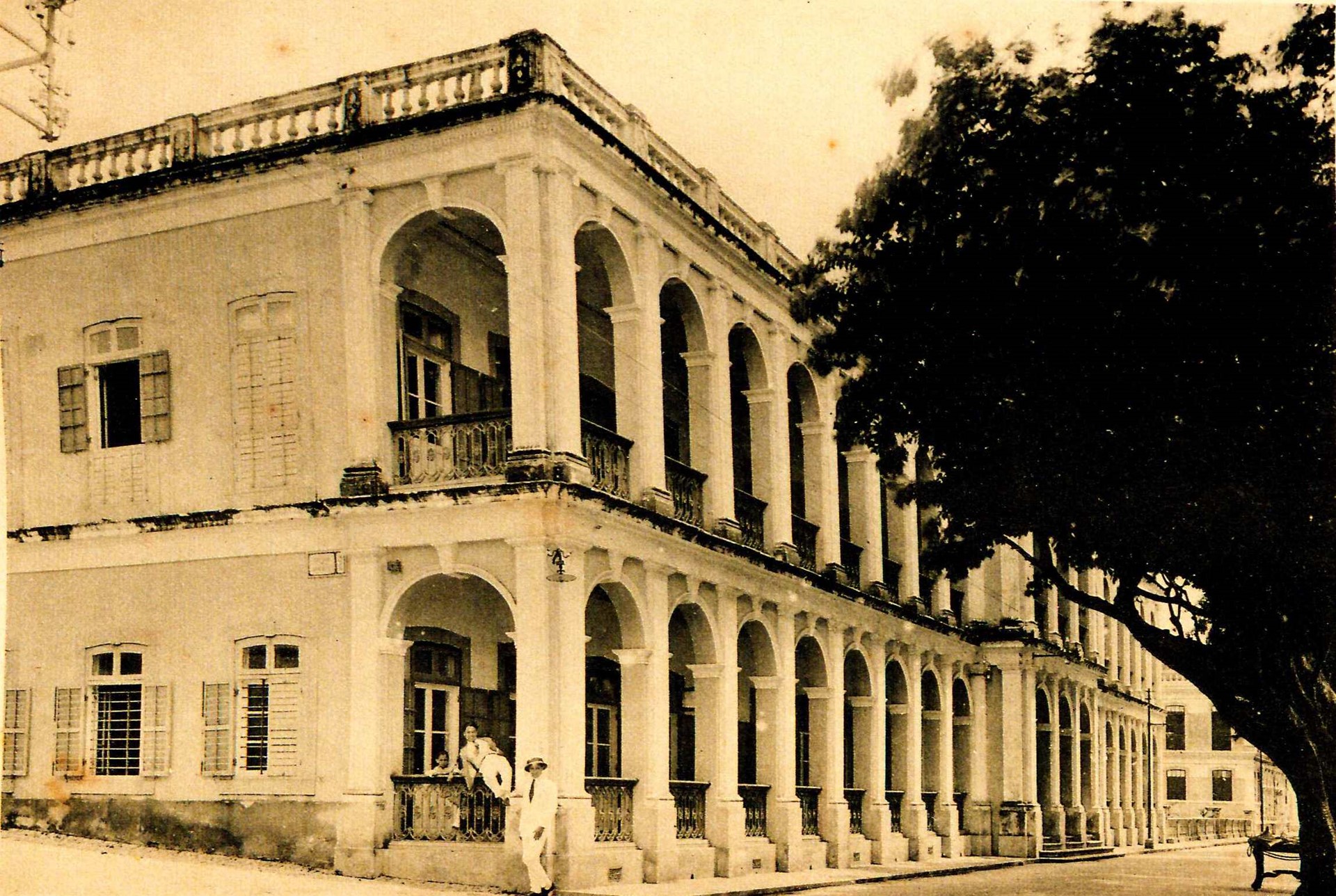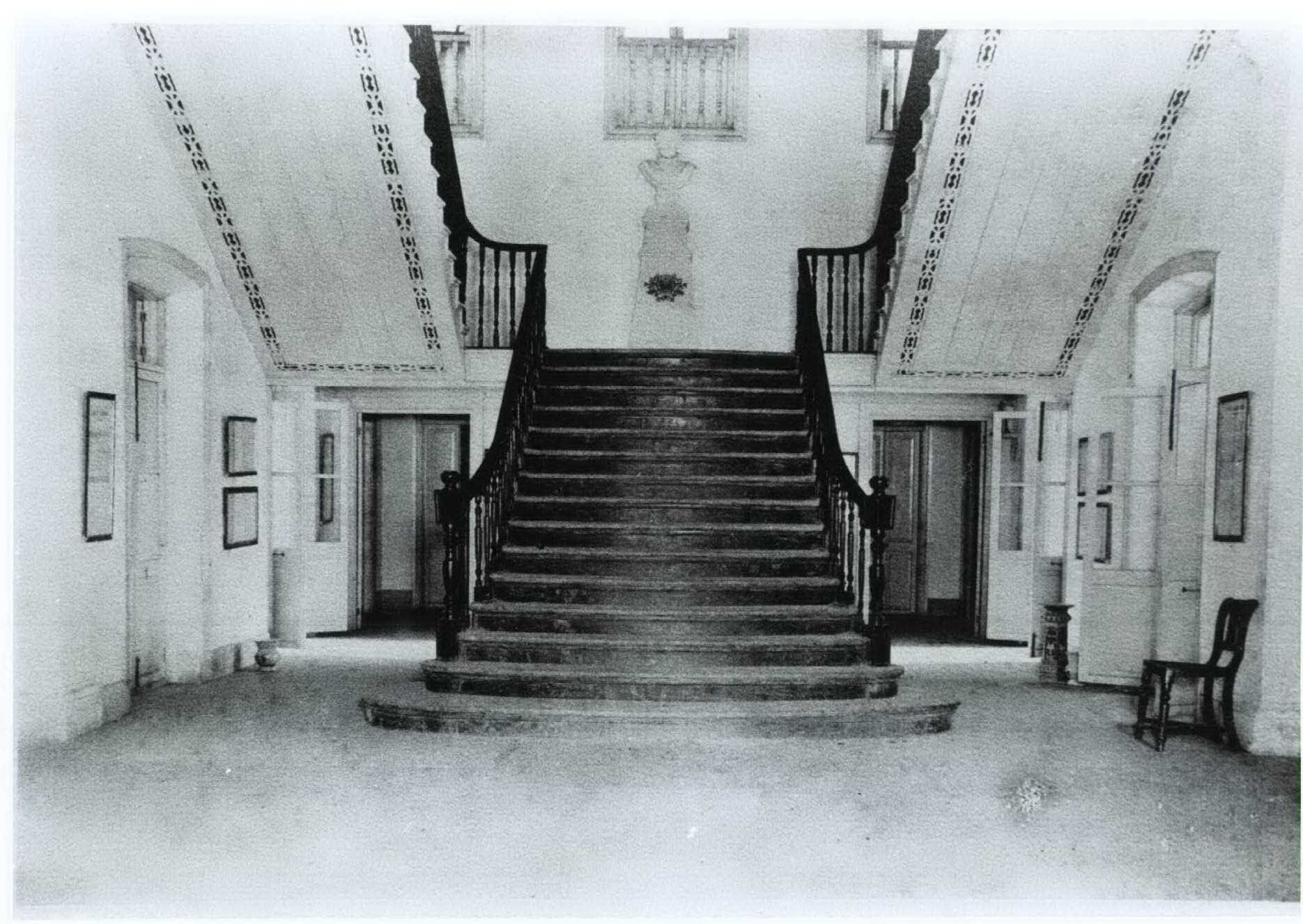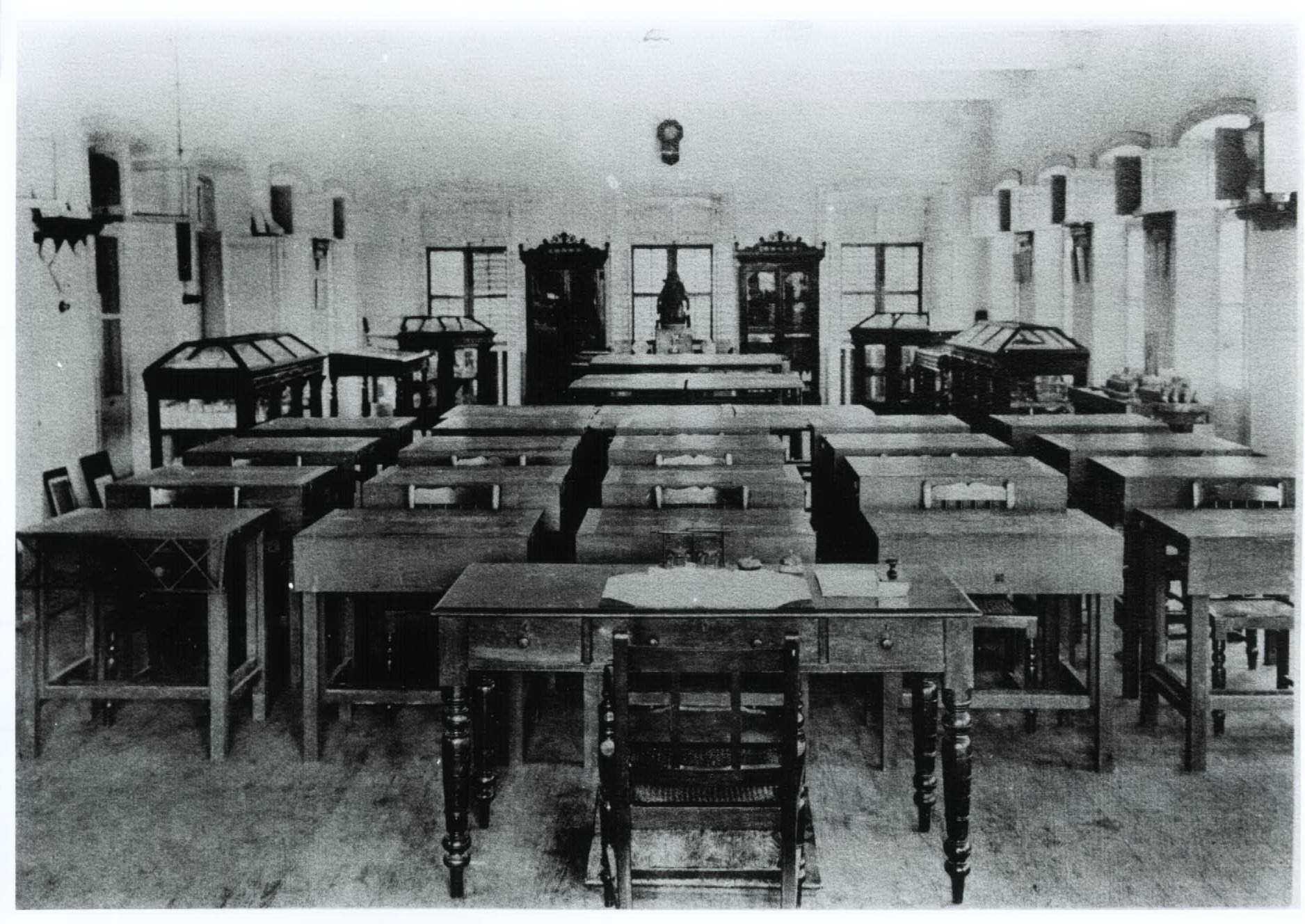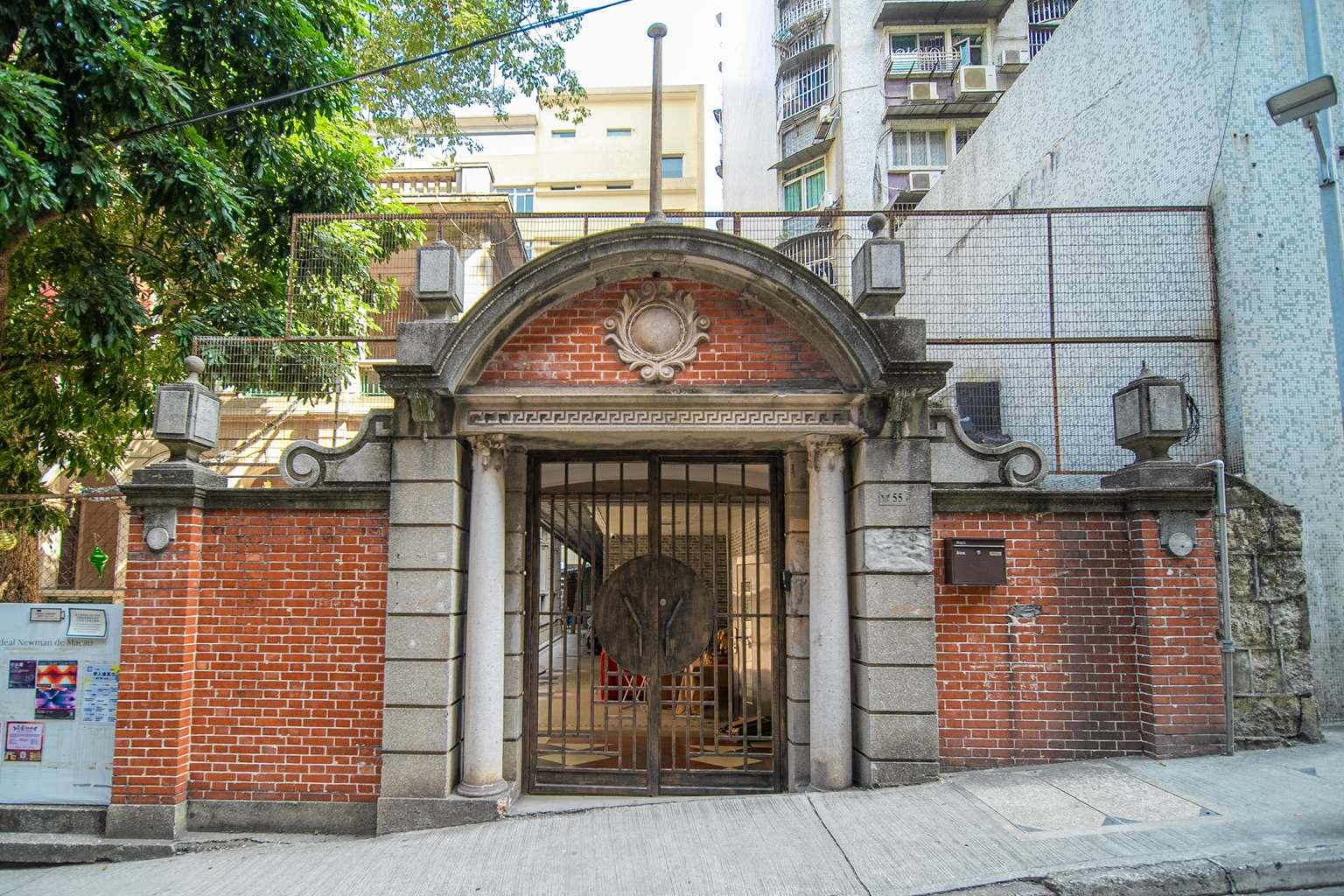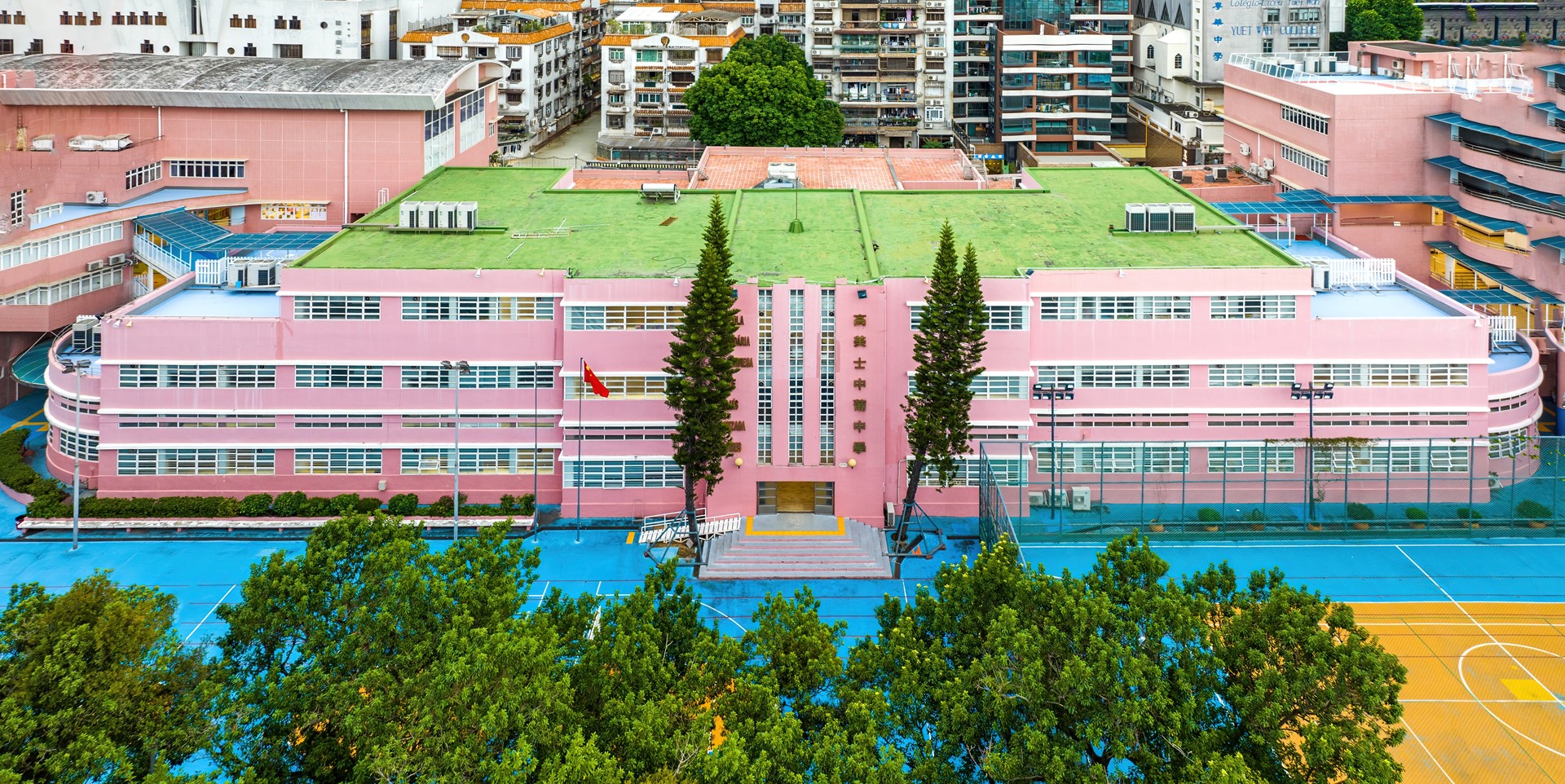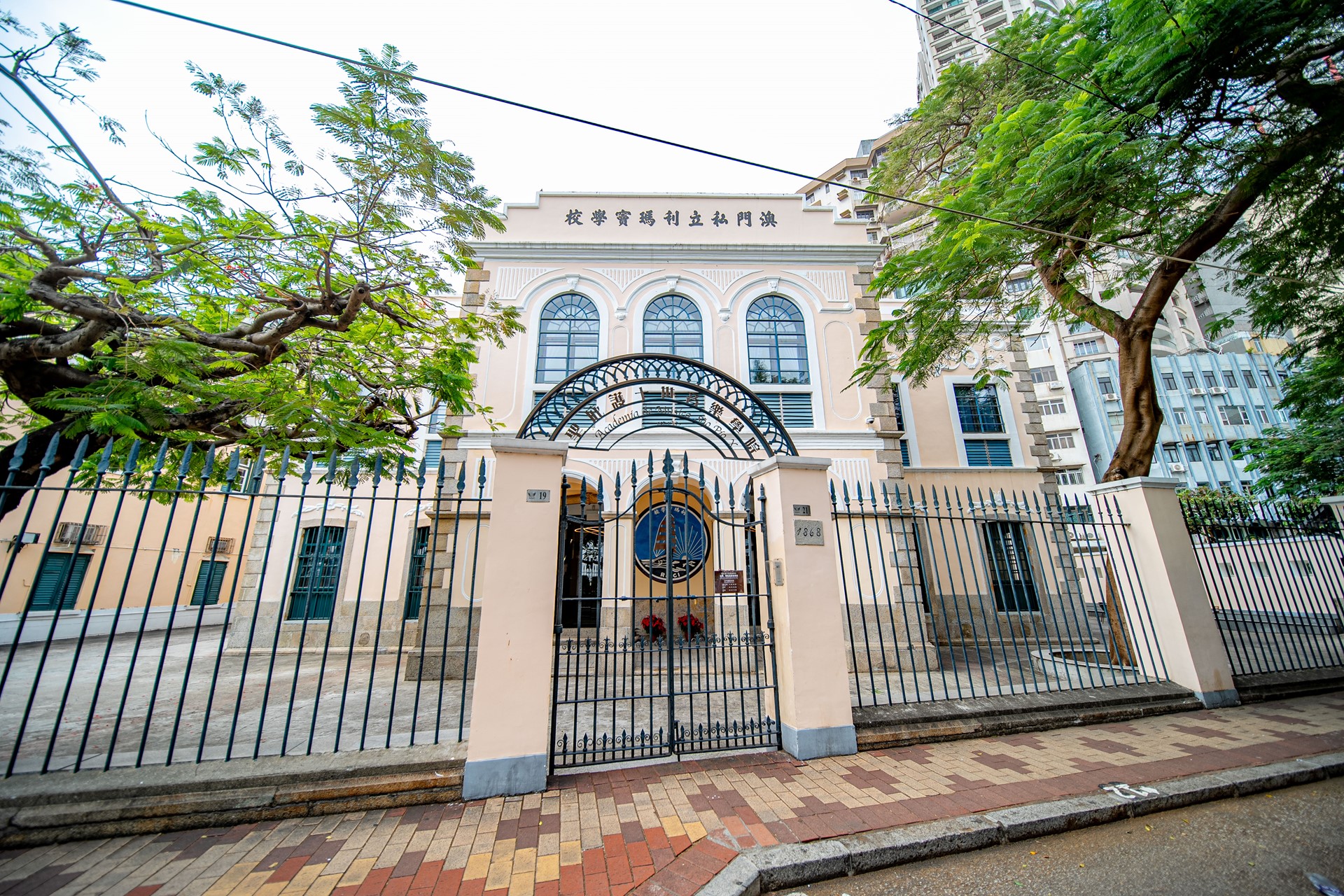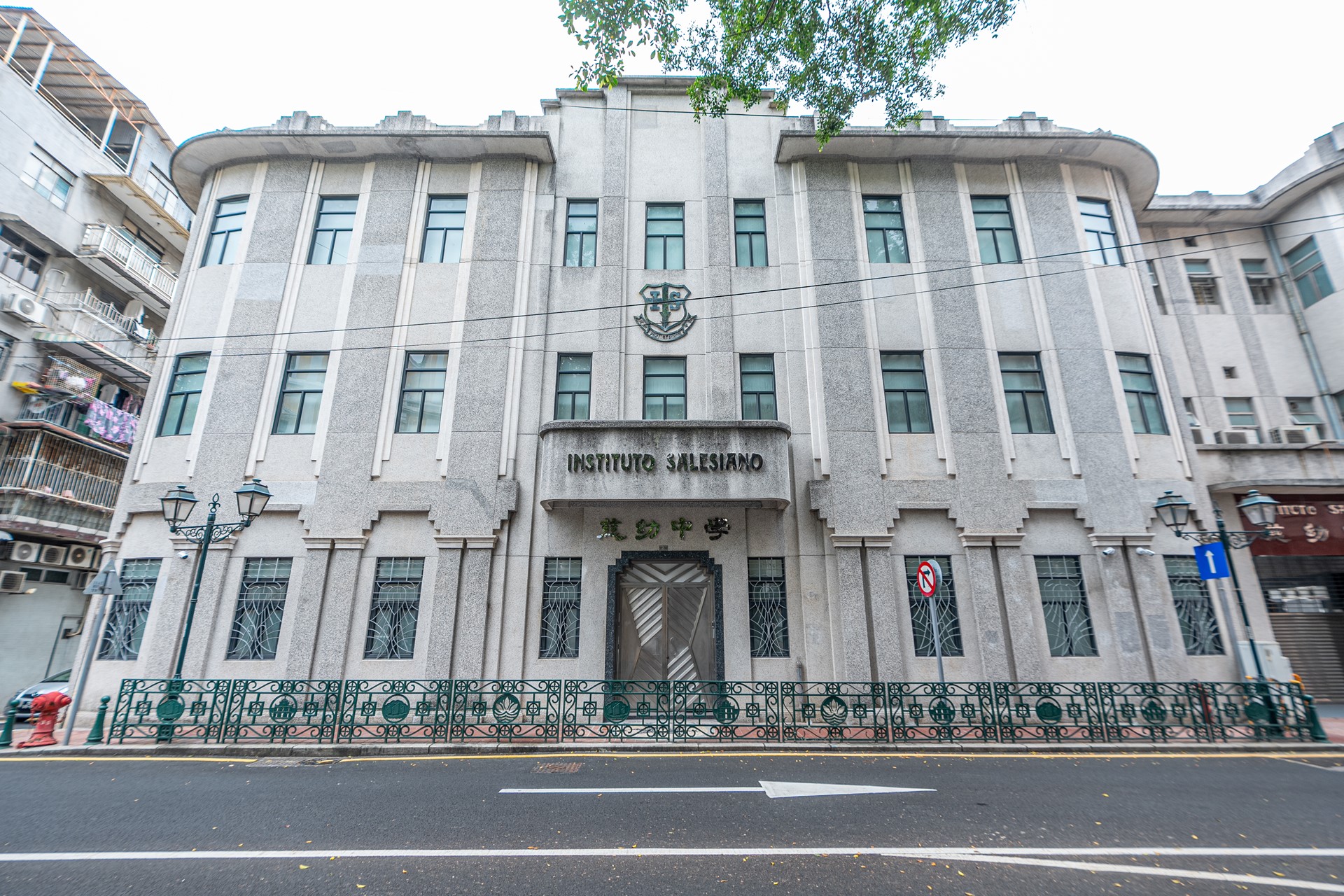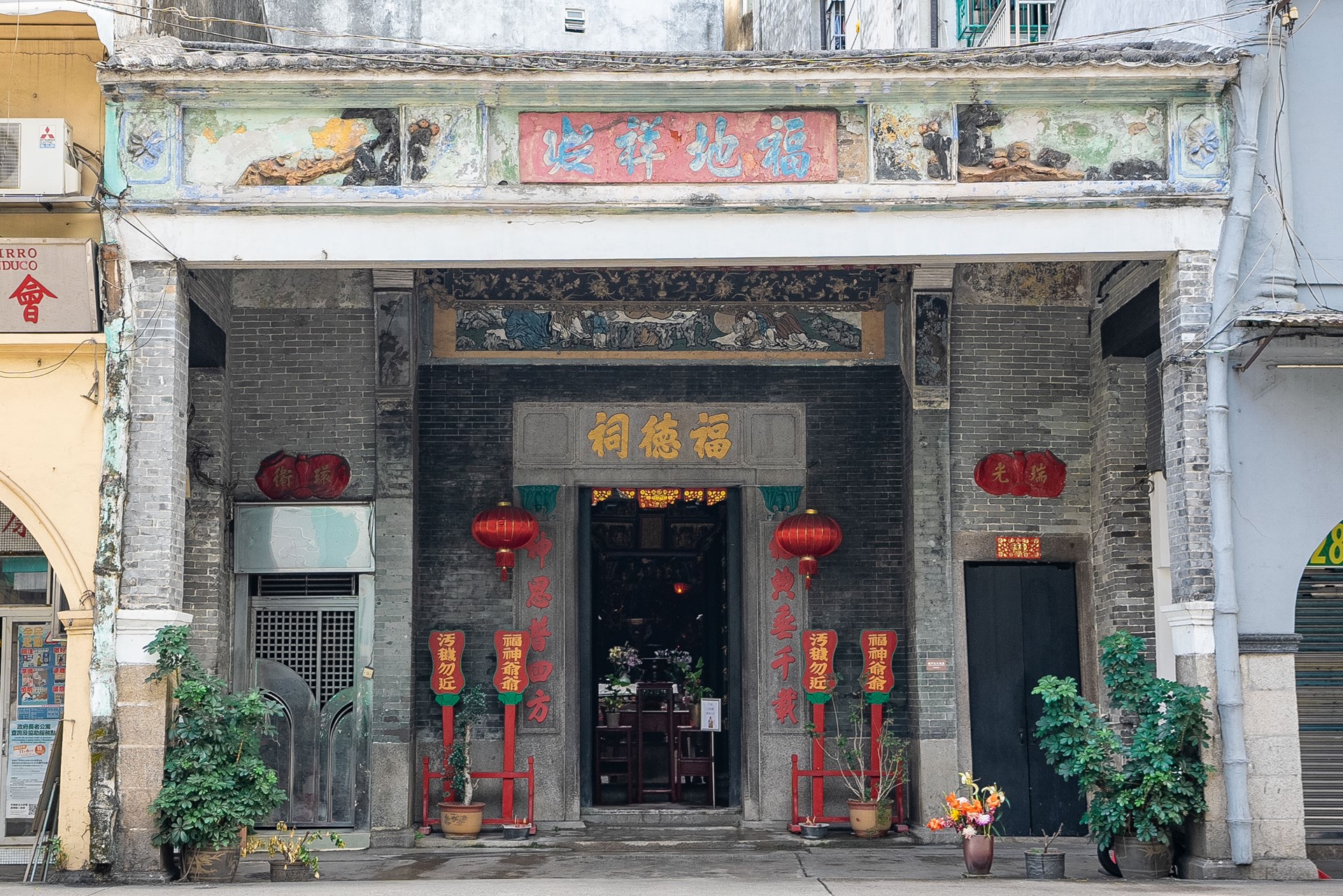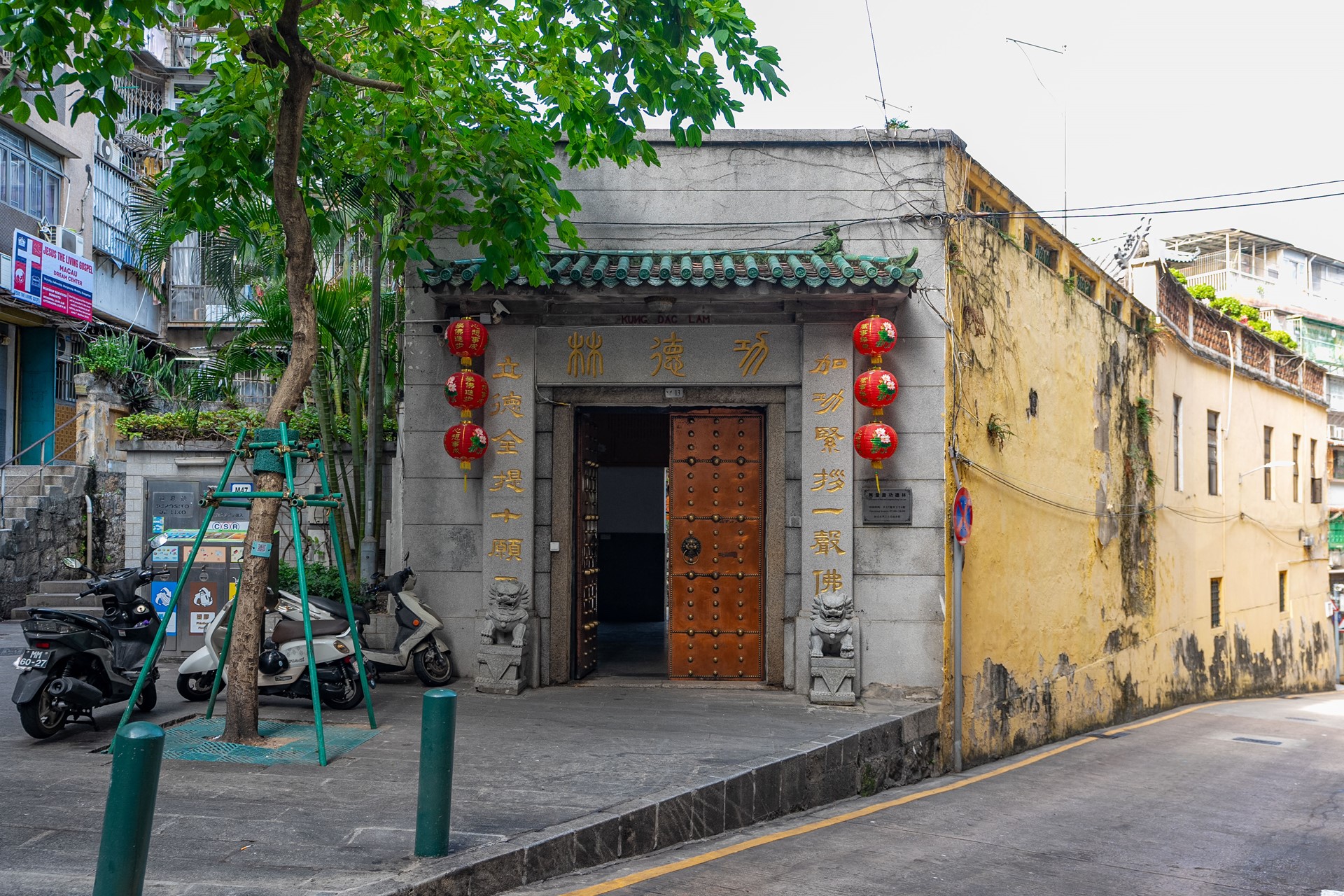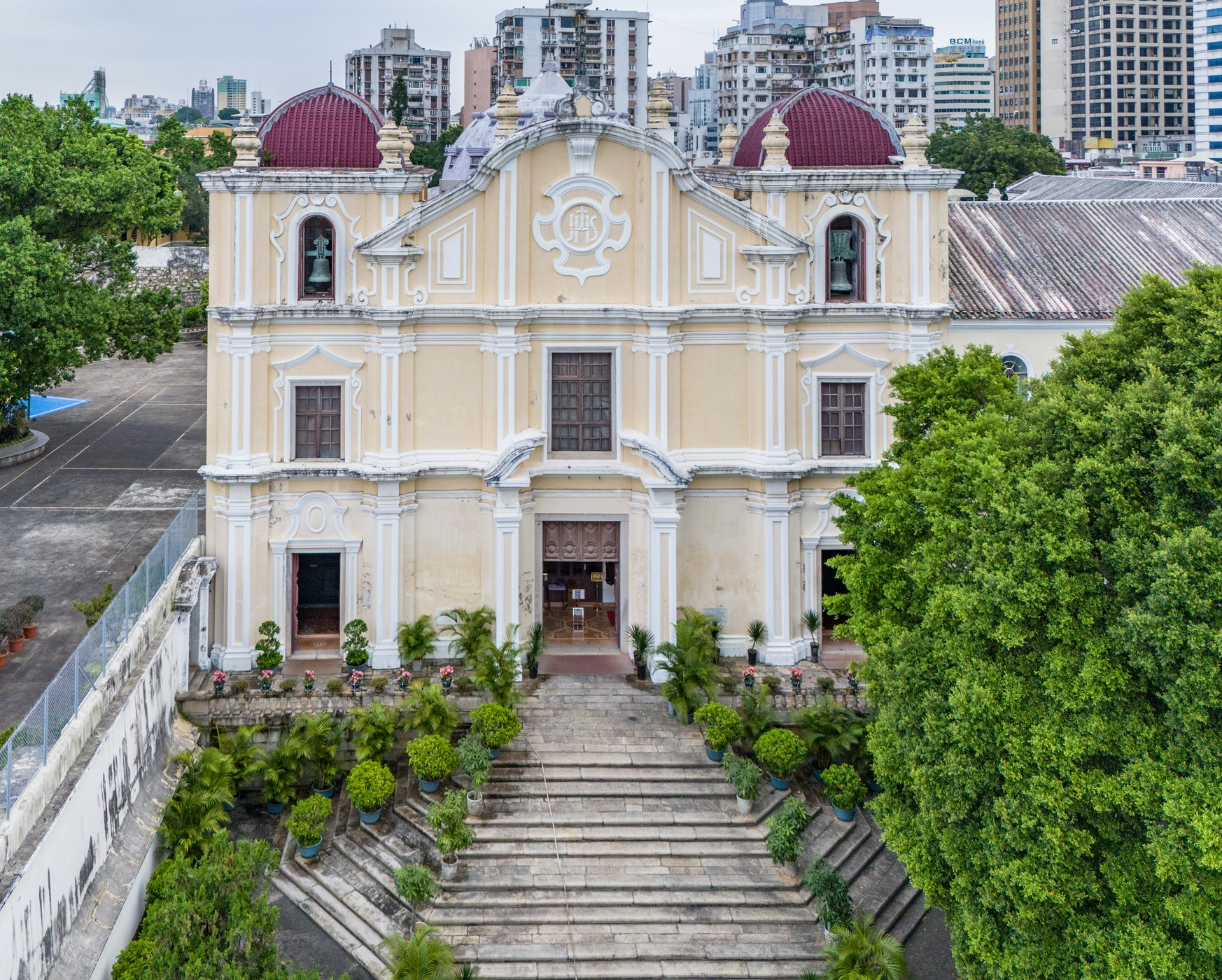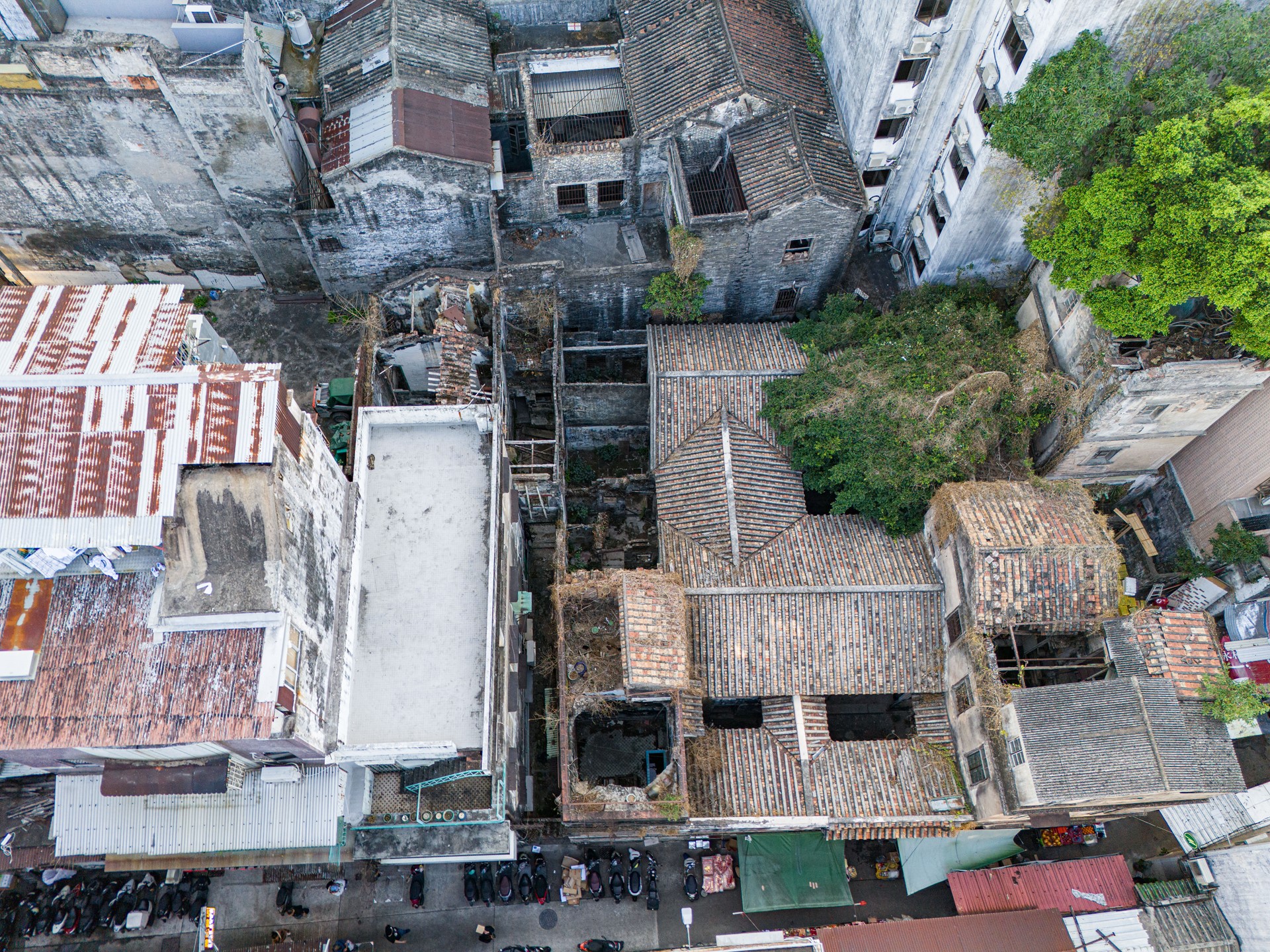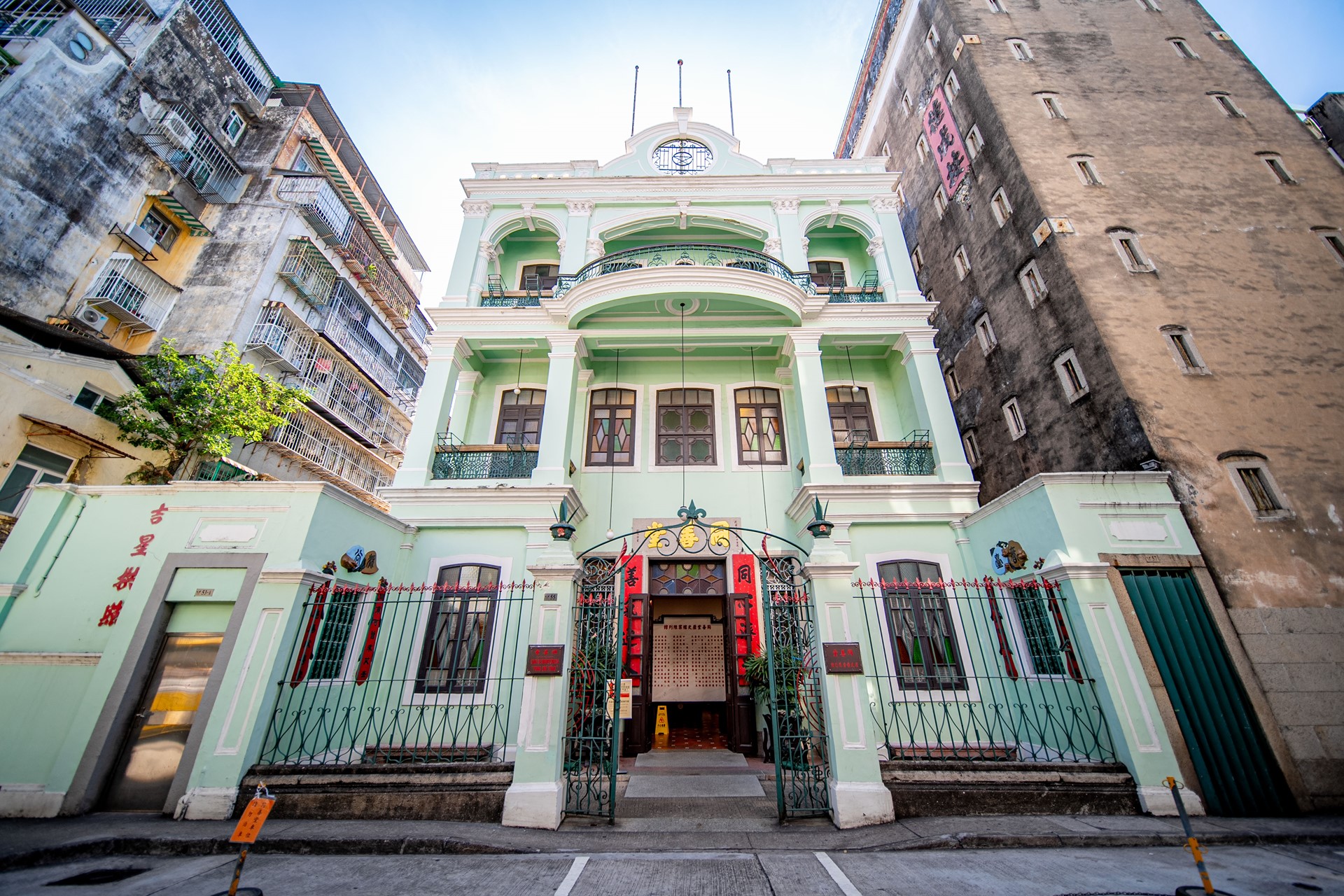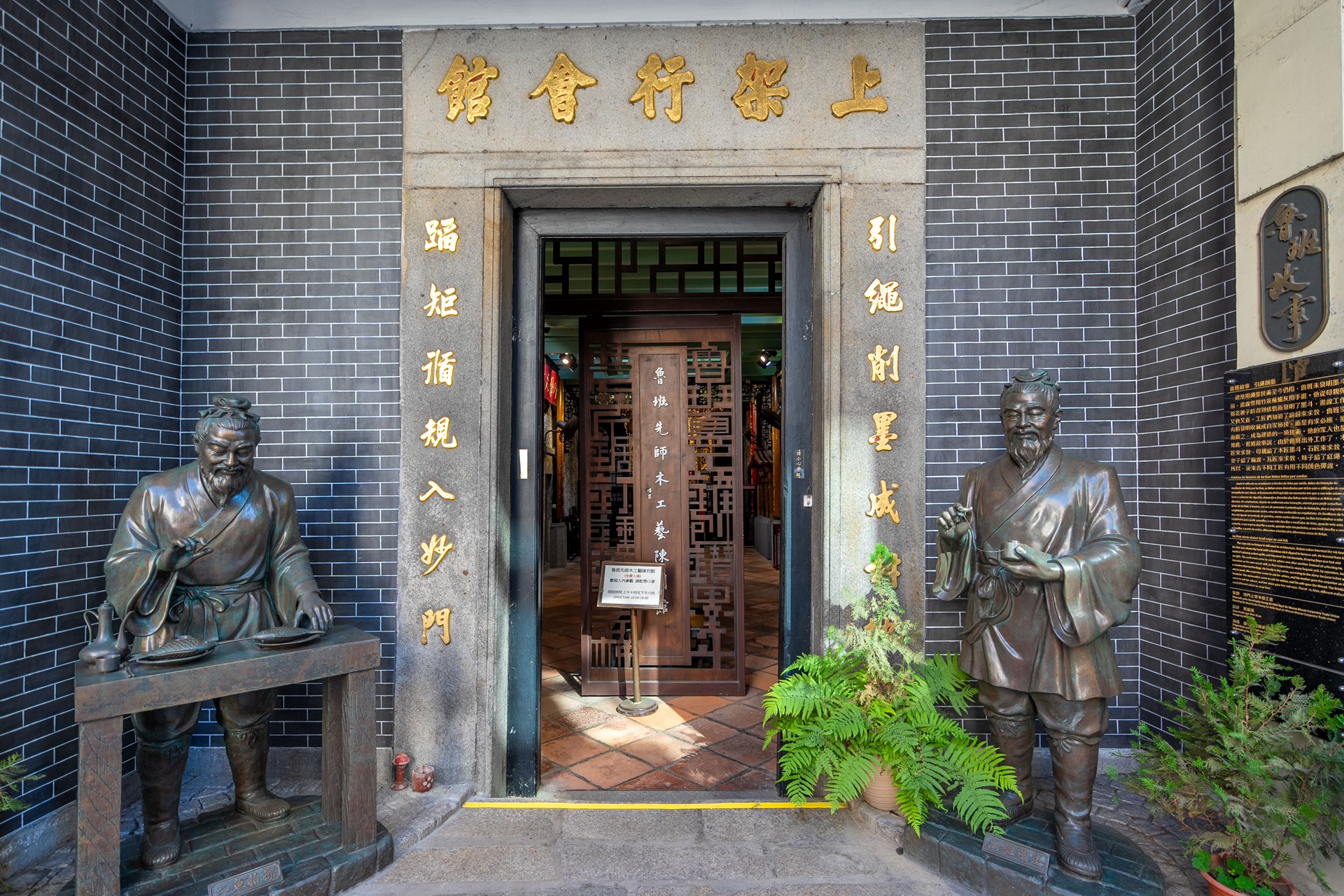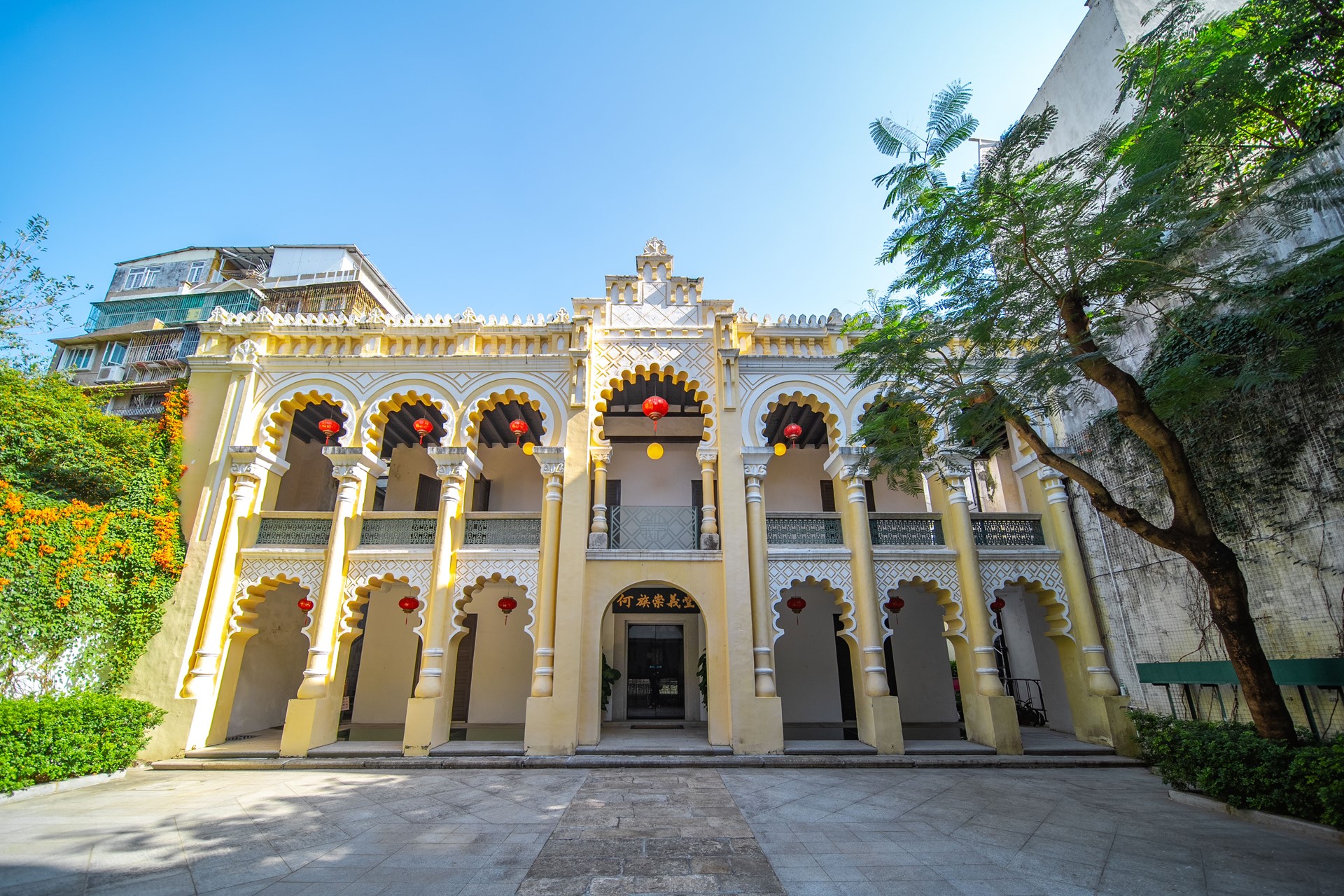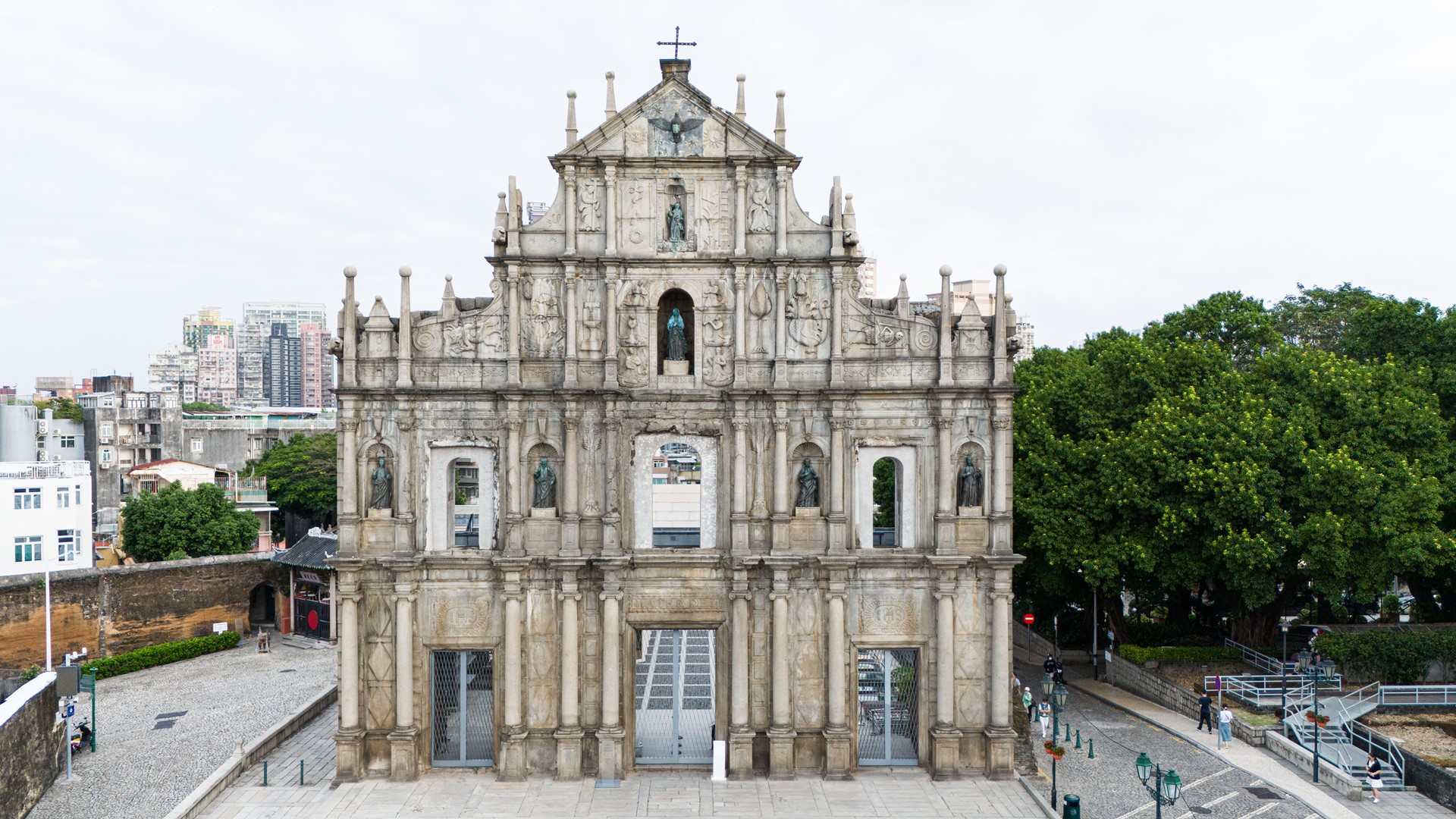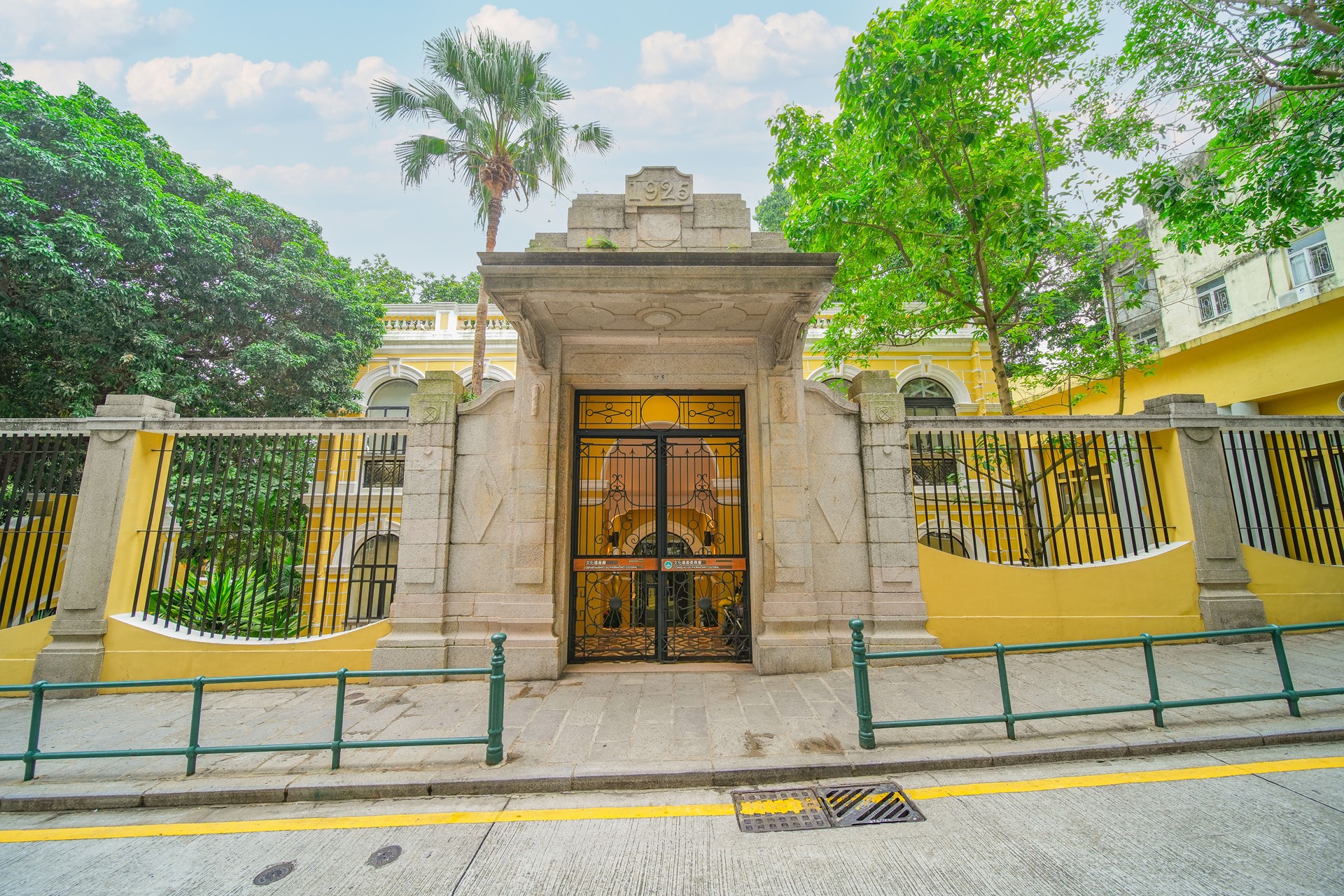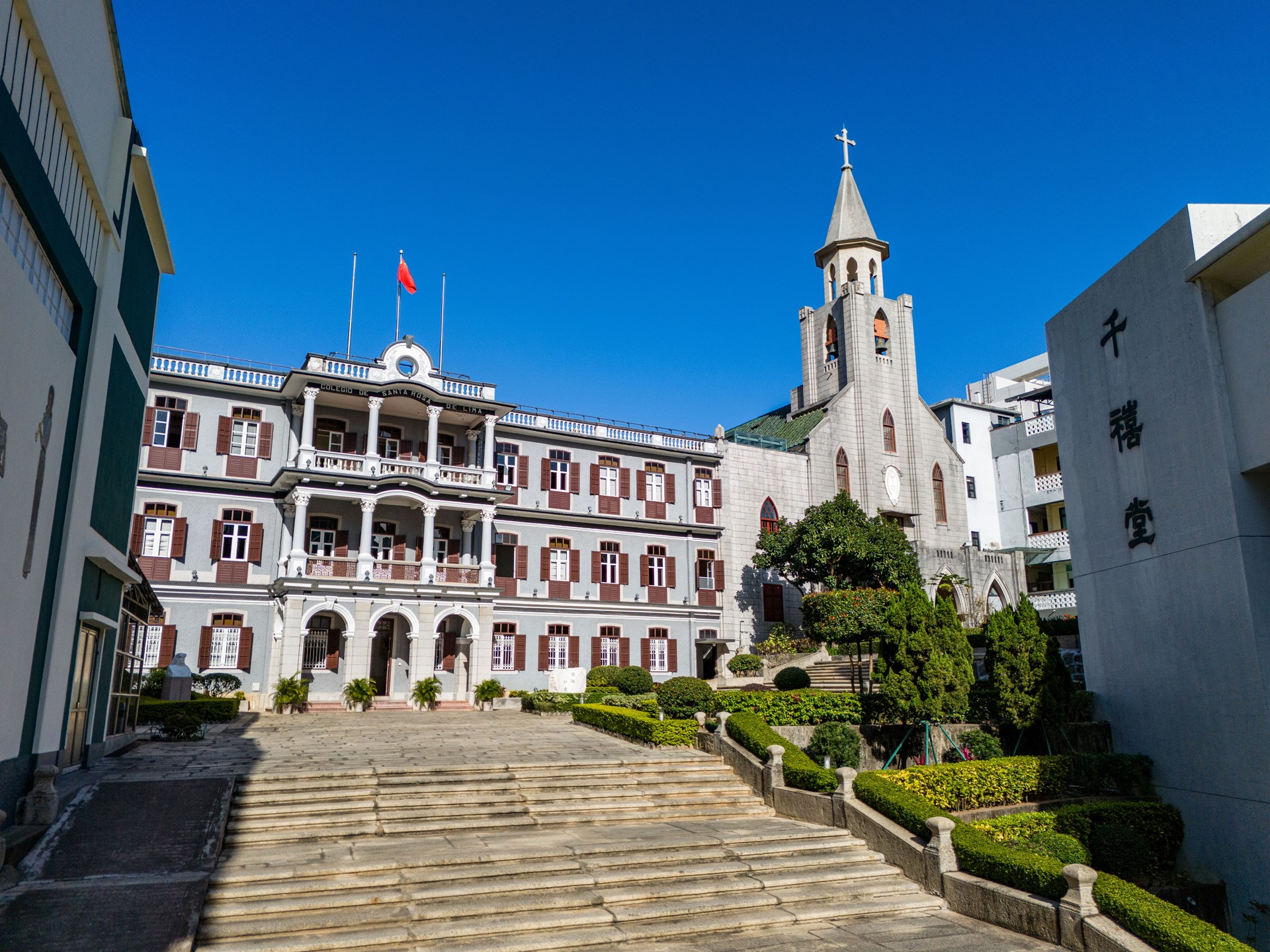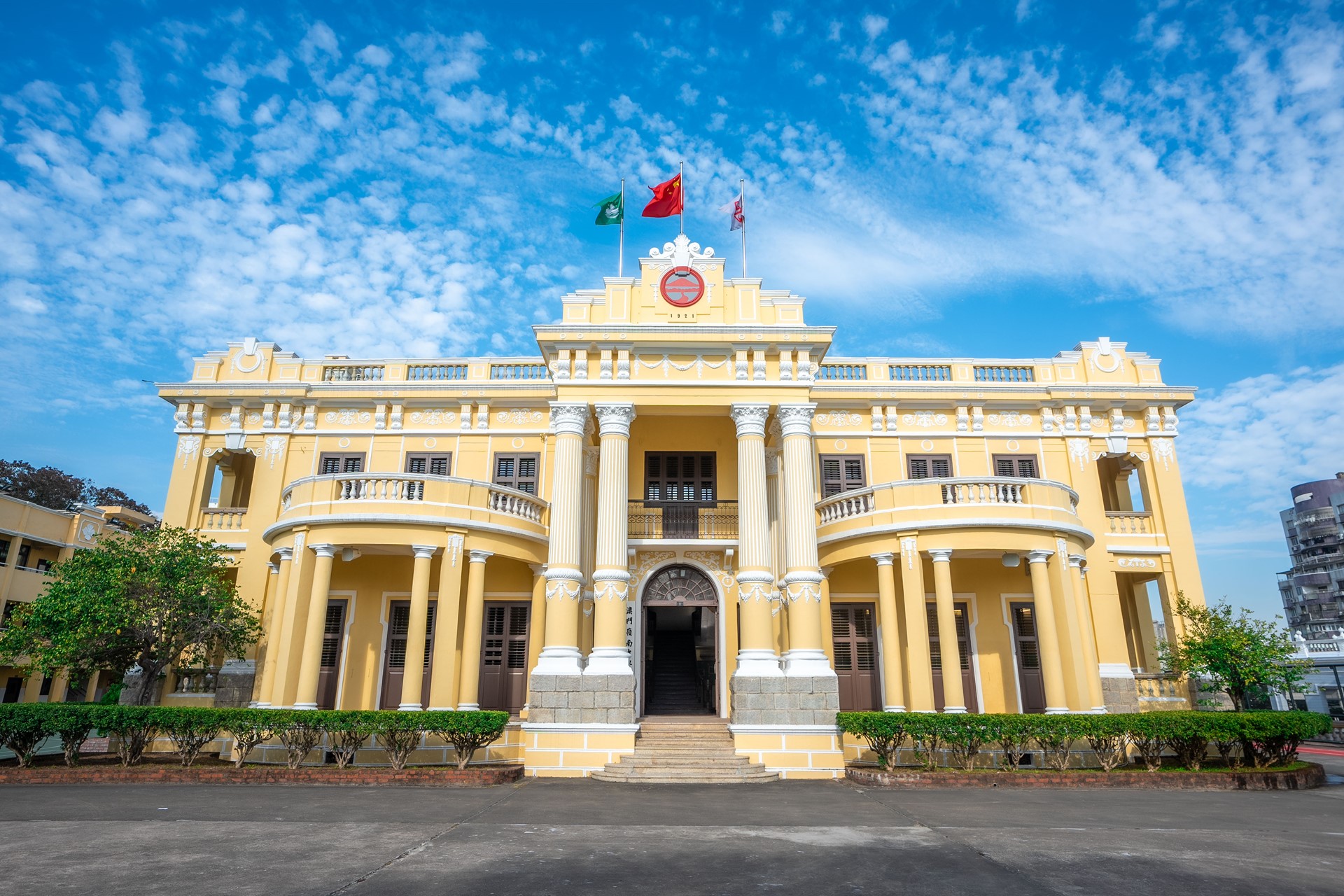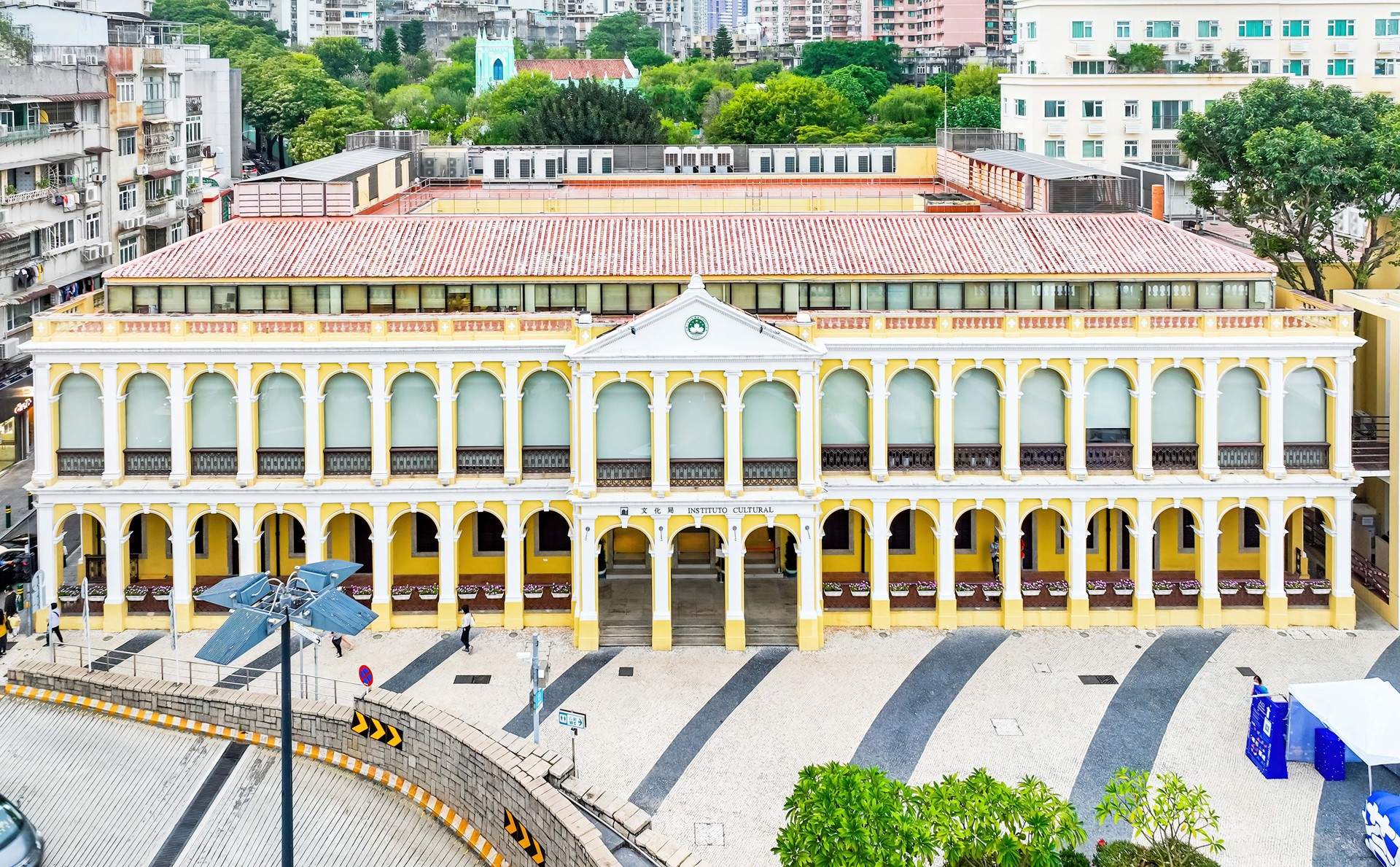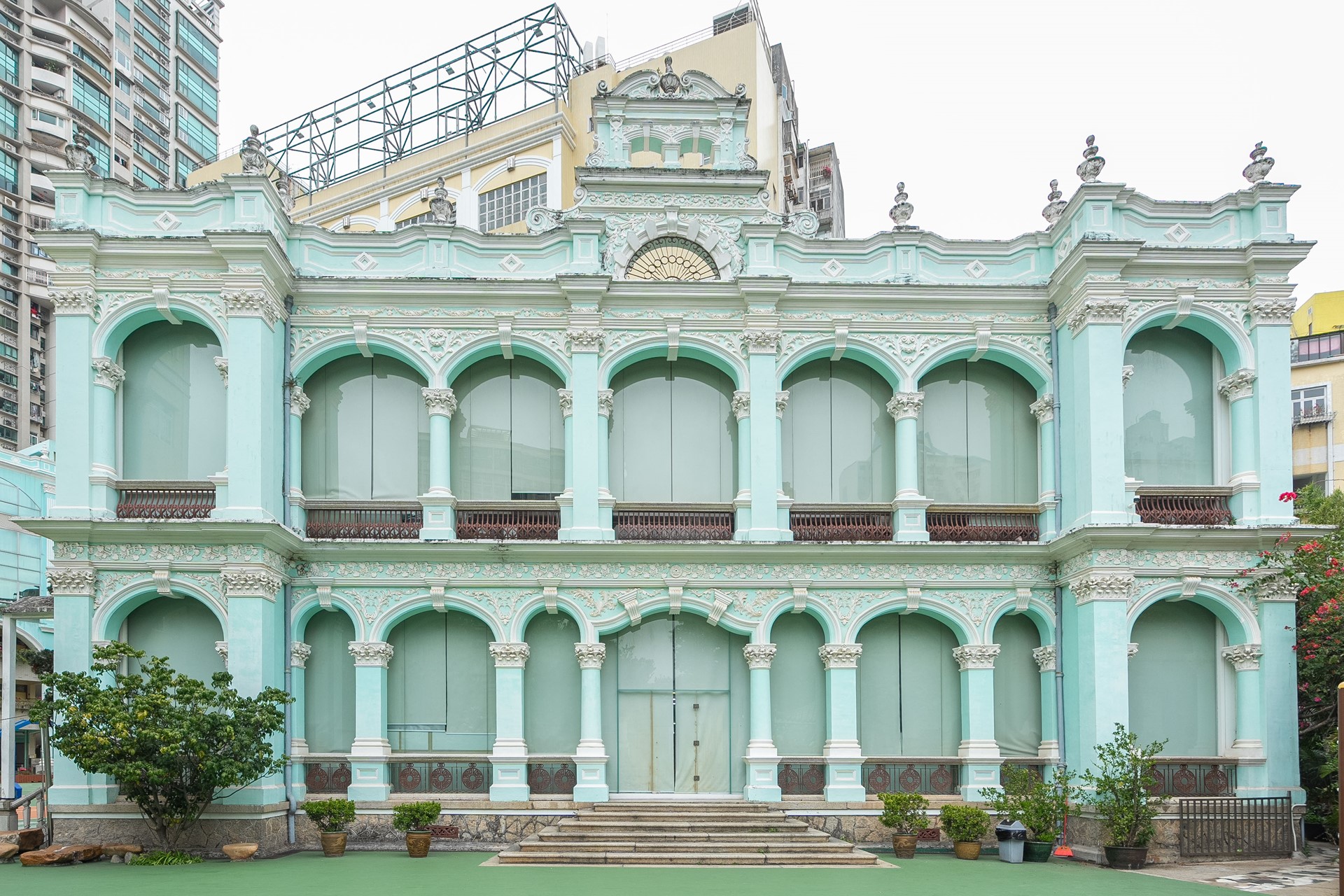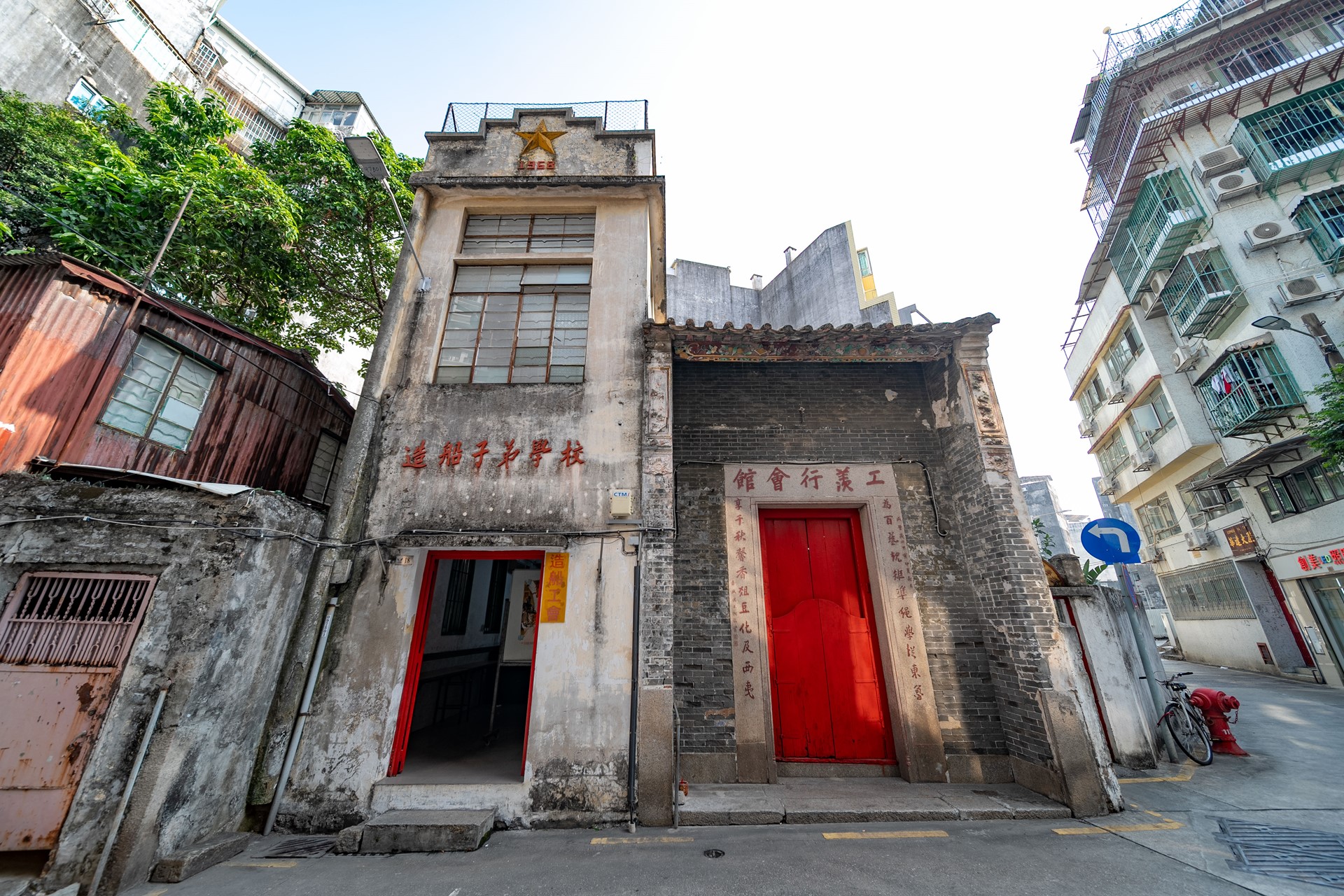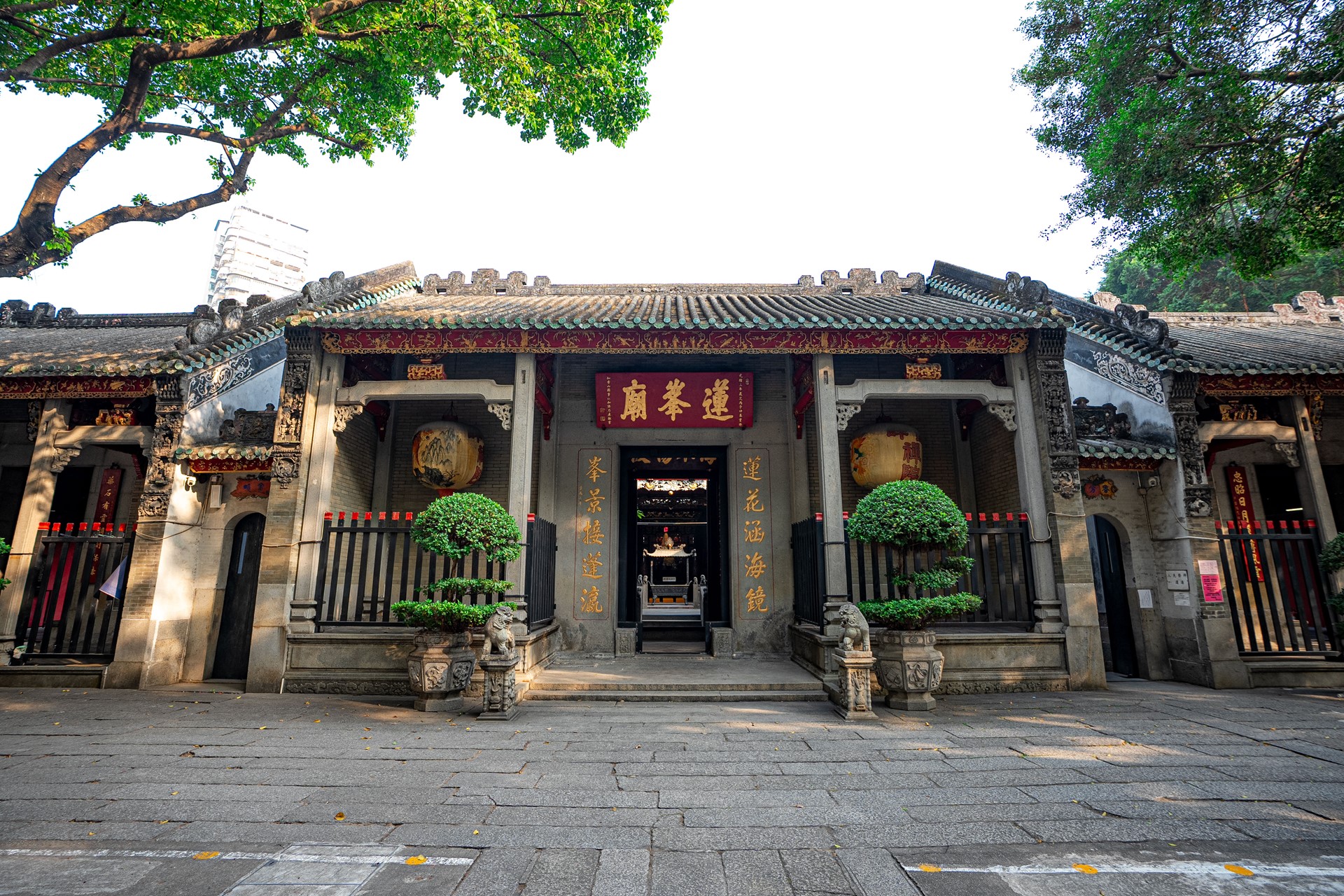At the turn of the late 19th and early 20th centuries, the Portuguese administration in Macao built new roads in the old limits of the city and a series of neo-classical houses, known as the “Eight Houses”, along Avenida do Conselheiro Ferreira de Almeida, in the old rural area of the Tap Seac Village. Building no. 89, located west of Tap Seac Square, is characterized by a long two-story façade, composed of a slightly advanced central body, defined by two levels of arcades of three bays, and topped by a triangular pediment, which marks the axis of symmetry. The building is painted in beige and white, and the long façade gives it a notable visual prominence that makes it a landmark in the urban landscape.
Built in the early 20th century, the building at no. 89 served initially as the Orphan Asylum of Macao’s Holy House of Mercy. In 1923, the Government acquired the property, which later became the site of Liceu Nacional de Macau from the following year until 1958. Afterward, the building was used as the headquarters of the Health Department and since 2005, it has functioned as the headquarters of the Cultural Affairs Bureau.
In 1894, the Portuguese administration in Macao ordered the establishment of a secondary school, Liceu, which was relocated several times. Initially it was based at the St. Augustine's Seminary, and later at the Hotel Bela Vista for a short period. Since 1924, the school had relocated to no. 89, Avenida do Conselheiro Ferreira de Almeida, next to which a sports pavilion was built. Later it moved to a new venue in Praia Grande area, and in 1986 to the school complex (the site of today’s Macao Polytechnic University) on Rua de Luís Gonzaga Gomes, NAPE. In 1999, the Liceu Nacional de Macau completed its historical mission and closed for good.
Before mid-19th century, education in Macao was mainly provided by the Catholic Church, focusing on early childhood education, primary and theological education. In 1893 the Macao government carried out a reform, establishing a formal secondary school, which became Liceu Nacional de Macau. The school followed the Portuguese education system, with Portuguese as the medium of instruction, mainly for the local Portuguese community. Notable poet and writer Camilo Pessanha was a teacher there. The school played a crucial role in the diversity of Macao’s education and the development of Portuguese-language education in Macao. The building at no. 89 Avenida do Conselheiro Ferreira de Almeida is the site where once the Liceu was housed, and an important witness to Portuguese education in Macao.
